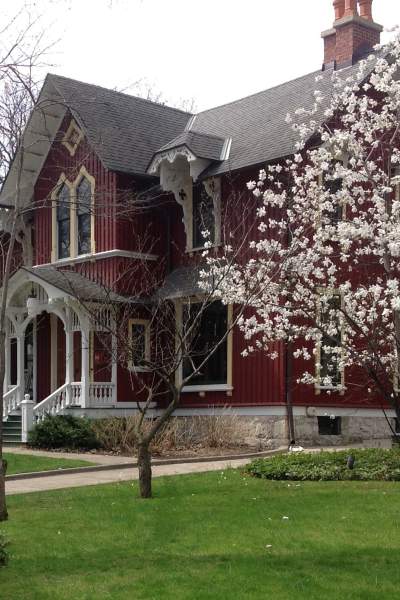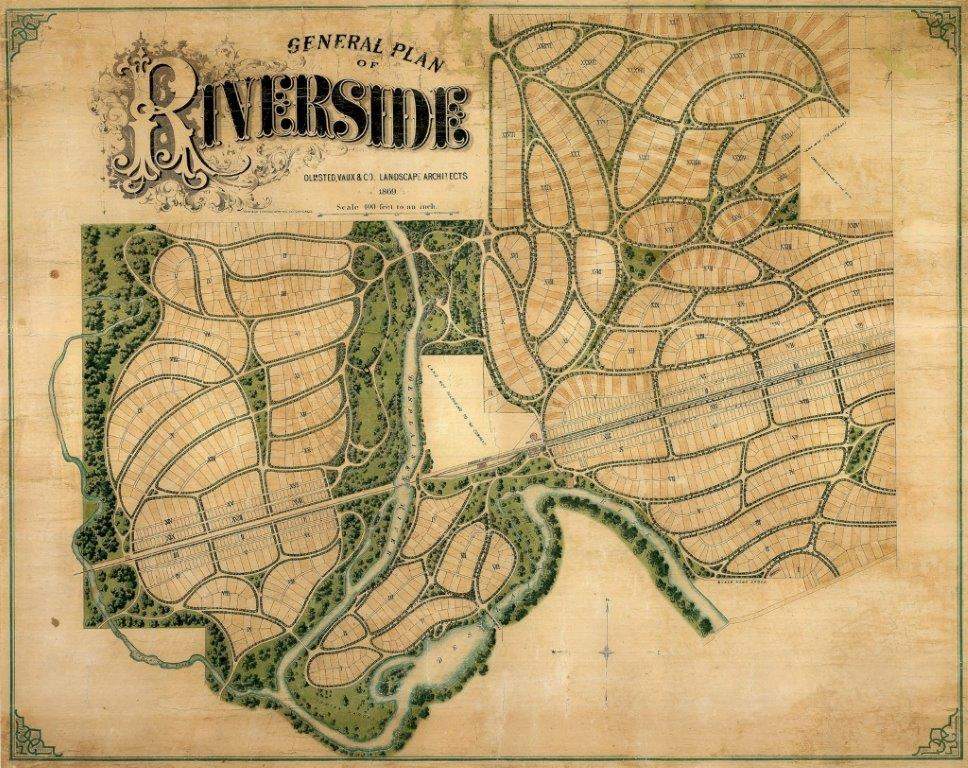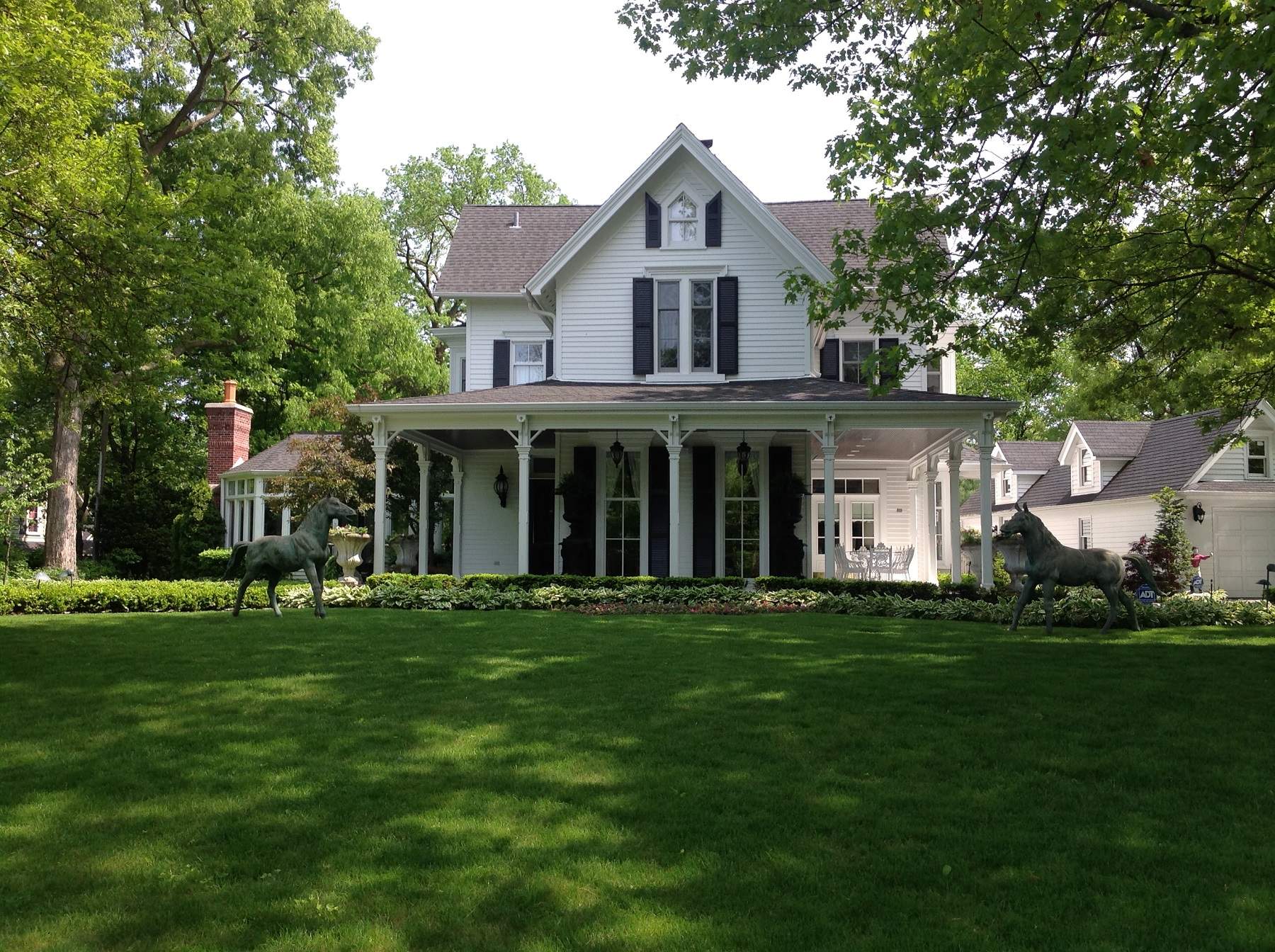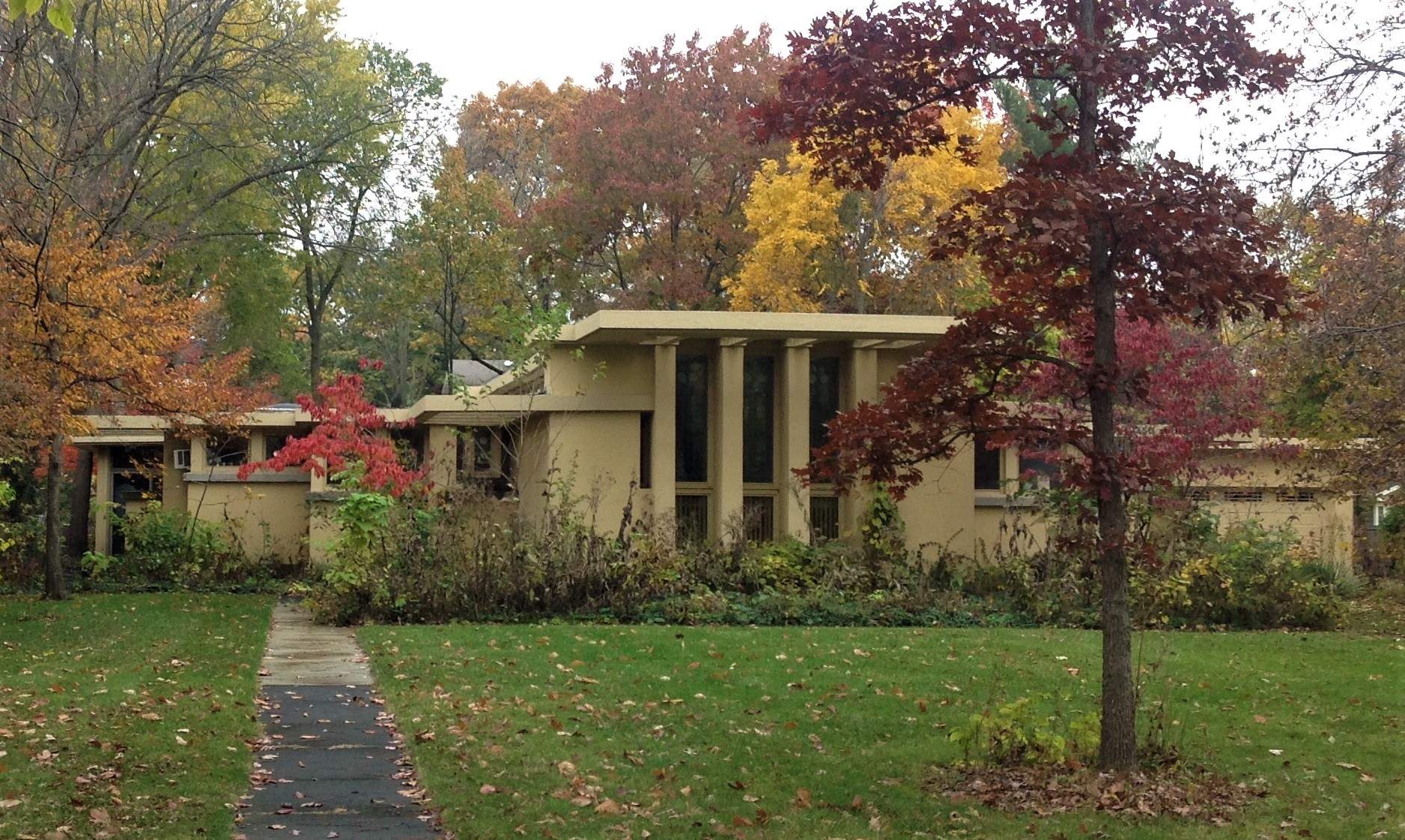
America’s first and greatest landscape architect, Frederick Law Olmsted, left a mighty legacy. But he left his greatest work right here in Illinois.
That's a big call, because you might know some of his other works, such as New York City’s Central Park, or the Biltmore Estate in Ashville, North Carolina.
But in Illinois? An entire town that stands as a single work of art, one of the largest ever created.
Welcome to Riverside: National Historic Landmark, and landscape architectural gem.
A vision of harmony and charm
Throughout this fascinating village’s two square miles, you’ll discover gently curving streets, 19th century gas lamps, and tranquil parks and forests covering almost half its land area, alongside extraordinary homes designed by architectural giants such as Frank Lloyd Wright, Louis Sullivan, and William Le Baron Jenney.
It’s an atmosphere that comes right from Olmsted’s original vision. He designed the town to remove the town’s residents from the stresses of modern urban life as much as possible, living in close harmony with nature, while retaining key modern conveniences (such as a mere 20-minute train ride to downtown Chicago).

And in many ways, it was ahead of its time. Today, plentiful trees and lush greenery are prized in urban design. After all, we know they’re good for our health and wellbeing. But on this point, Mr. Olmsted was ahead of his time. He had traveled the world and had seen their benefit. In Riverside, he put that kind of hard-won knowledge to work with spectacular results, that makes Riverside deservedly world famous among landscape architects and city planners.
What’s more, with a commitment to fostering a truly democratic society, he saw the town as an inspirational canvas designed to attract people of all backgrounds, in hopes they would unleash their creativity to extend his vision—exactly why Wright, Sullivan, Jenney, and many others came along.

Just as it’s a beautiful place to live, so too is it a beautiful place to visit. Riverside is made for strolling, enjoying fine restaurants (of which there are many), and admiring 150 years’ worth of landscape and architectural genius. It has to be seen and experienced to truly appreciate its many charms.
Exploring Riverside
Seeing Riverside by car is easy, but if you want the best experience, take a stroll or bike ride, a pace more befitting of Olmsted’s day. Doing this, you might just come to reflect on what many of us have given up in our increasingly fast-paced and stressful urbanized environments.

Its gently curving streets can be a little disorienting if you’re accustomed to standard rectangular grid systems. There were no square corners in Olmsted’s Riverside, and no cul-de-sacs. On the ground, it gives the village a rural look and a green contrast to surrounding suburbs. From the air—or even space—its layout serves as a form of modern art.
Olmsted wrote that this, and the generous spaces and set back homes, would lead to “leisure, contemplativeness, and happy tranquility." He was right. Somehow, the general ambiance of the surroundings fosters friendliness and sociability. Even today, everyone says hello to passersby.
The Frederick Law Olmsted Society of Riverside
The Frederick Law Olmsted Society of Riverside has been around for 50 years to preserve, protect and promote Olmsted’s Riverside legacy. It runs educational programs, lectures, volunteer landscape workdays, poetry and photography contests, housewalks and walking tours—the best way to see the village and appreciate its many charms. To learn more or arrange for tours call 708-442-7675 or e-mail tours@olmstedsociety.org
Share your Moments
#EnjoyIllinois



